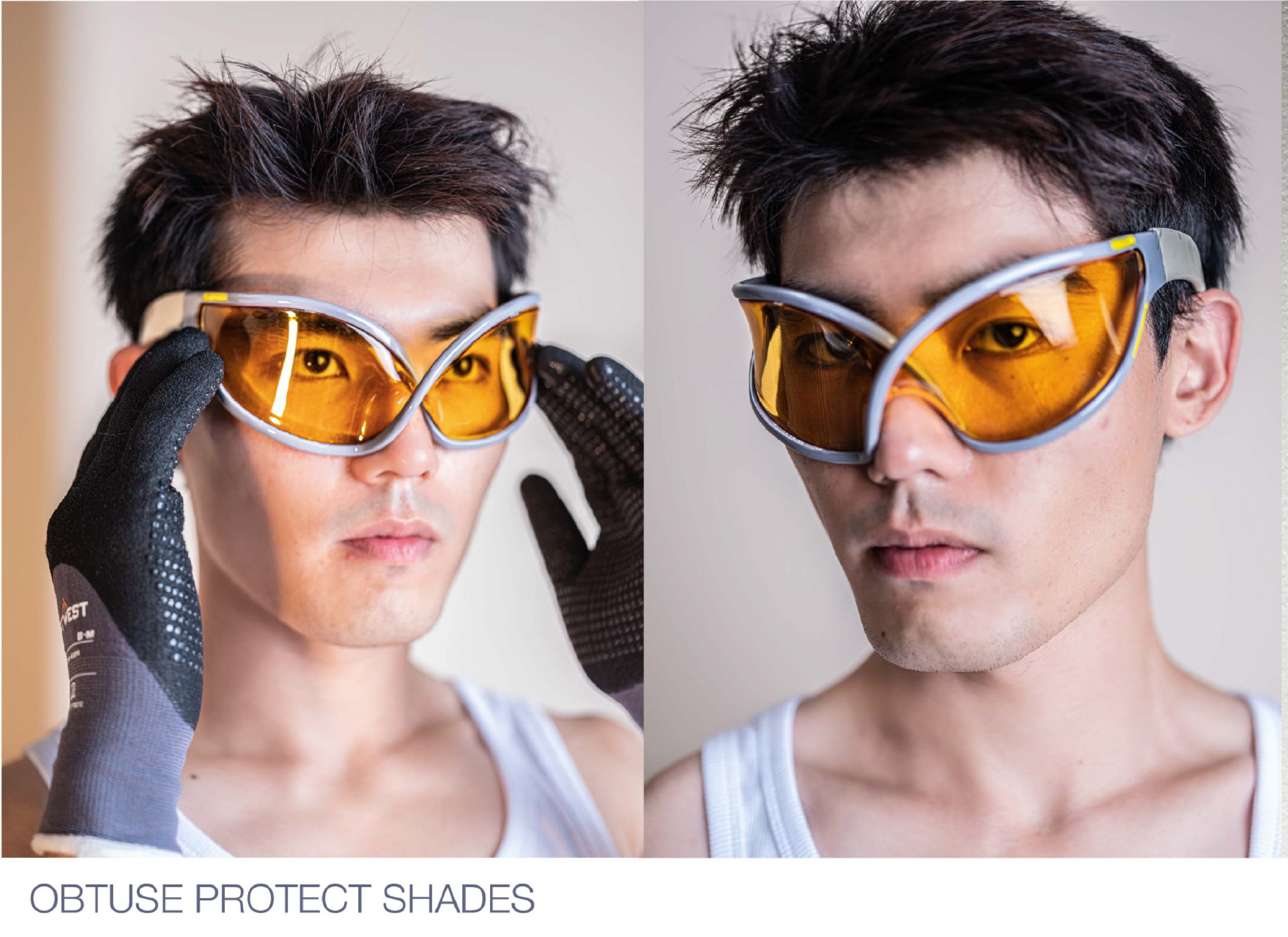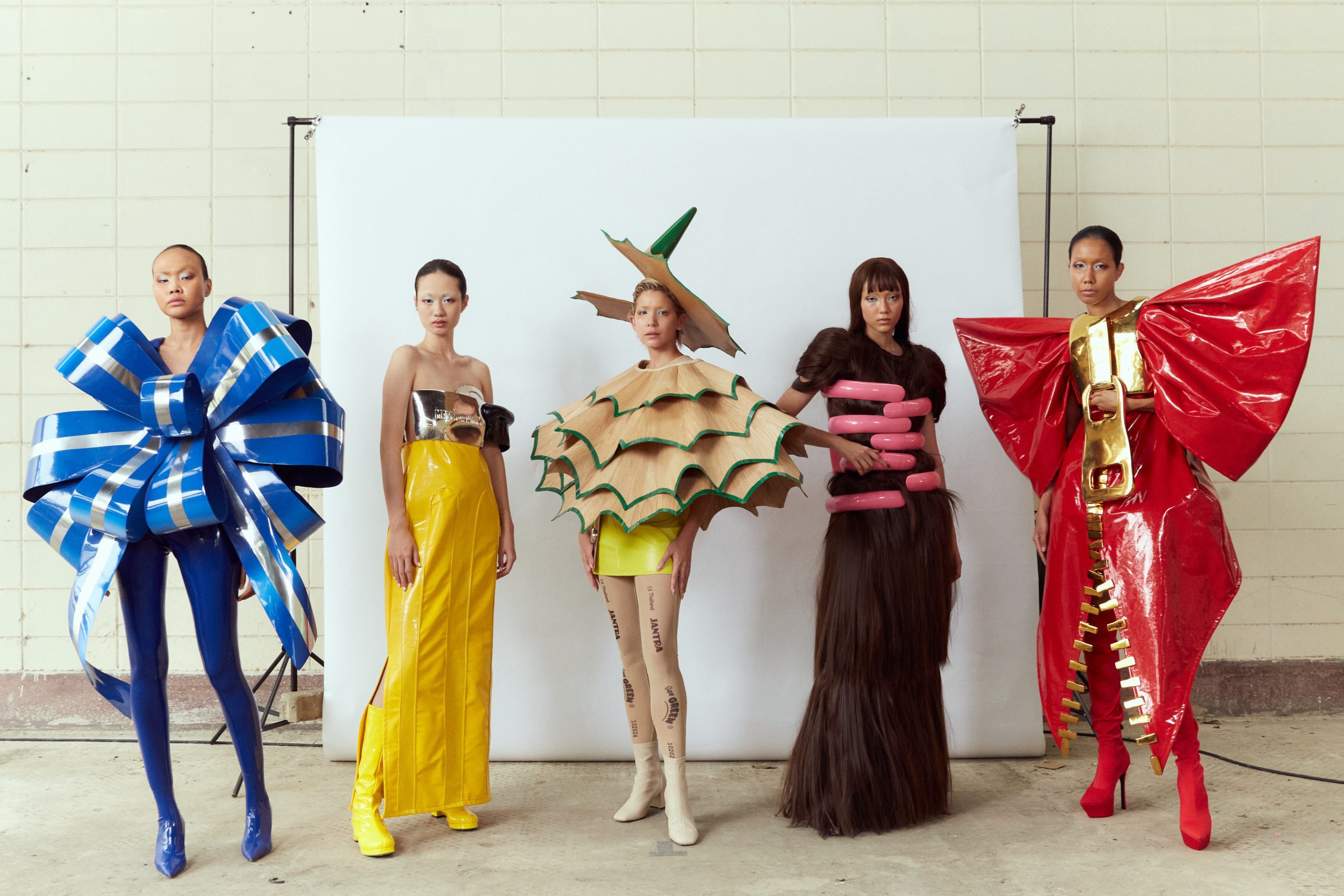It is no new news that creative industries, for all their breadth and buzz, are aggressively competitive spaces to dare to peer into. And fashion, in particular, leans abidingly into the rumours that circulate it. The trope of the lost and begrudged creative, penniless before he gets his hot shot, isn’t just a trope played with by screenwriters. It is, in truth, an accurately sad reality for those trying to get their foot in the doorway, and unlike in the movies, the golden buzzer comes a lot less often than we would hope to think. But how have standings in this industry become so competitively contested, and why is the industry painted with this cut-throat streak? GLITCH wants to uncover the true reasons why so many newly graduated designers feel overwhelmed and uninspired by the hill climb they see before them.
Oversaturation: The Relatively New Fashion Industry and The Swarm of Interest
Oversaturation is a buzzword that writers use nonchalantly to pin the blame on the fashion industry crisis . But what does this mean, and why is the industry suffering from oversaturation? The answer here lies in the history of creative industries, and how they have only relatively recently, in the last century or so, become viable entrepreneurial endeavours. Fashion and the arts have historically not been considered career paths, and have battled to be understood as serious spaces for influence and money-making, as opposed to hobbies or pastimes. The switch came when people and consumers took a more entrenched interest in these visual spaces, style, and dressing began to diversify and have a greater importance in peoples’ lives
As fashion climbed the ladder in peoples’ priorities, it began to attract a greater proportion of consumer spending and interest, and as such designers and the likes began to reap the rewards. This turn of the times is still relatively recent in the world picture, and thus in 2023, we are still seeing the hangover of a rush of budding creatives flocking to these spaces in thehope of making a name for themselves. With apparel still being framed as a hot commodity to make your mark on, and popular culture still having a vibrant interest in aesthetics and presentation, the number of young people wanting a piece of the puzzle is un-dwindling. According to reporting and analysis by McKinsey & Company, growth in fashion retail sales peaked dramatically in 2020 and 2021, amidst a new consumer environment shaped by COVID. The pandemic, arguably, is a recent accelerator that gave the swarm of interest piling up on the fashion industry just another boost
What’s more, the education, mentoring, and talent fostering offered in the fashion space has increased exponentially, businesses are strategically working into the raw interest they see, and London alone now boasts 10+ specialist fashion schools and colleges. With the introduction of a formalised, and streamlined way of breaking into the industry, students now come face to face with the problems of oversaturation from day 1. As they enter their first lectures and workshops, it is glaringly apparent that there are so many people vying to work in the same space. But as opposed to other industries, where we need large workforces of people to carry out similar variations of roles, in the design space in particular there isn’t the necessity for someone who can do the same thing, or replicate a task. Quite oppositely, we need people who can do something starkly different and placate fluctuating consumer interest. The pressure is therefore only increased as a huge cohort of budding designers are desperately grappling to be the next difference.
An oversaturation of people trying to make a difference is, by nature, oxymoronic. It is in this way that, without sounding too critical, oversaturation is leading to the development of a monotonous belt of mediocrity that lurks in the belly of the industry. Crisp cold newness is a rarity. Anything fresh quickly becomes a trend, and thus loses its freshness. The quest for real individualism is no easy feat.
Overshadowing: Big Name Dominance and The Money Obstacle
The second “O” buzzword, which shoulders some blame for the industry’s unforgiving terrain, is overshadowing. In this busy space, where budding designers line up like sardines, finding a USP is a tireless exercise, but the ground doesn’t smooth over after that. Once designers have cultivated that uniqueness, it is just as hard to get to the right places to platform it in front of an audience who can invest, finance, or buy. Since the beginning, fashion has almost capitalised on, and revelled in its supposed exclusivity. And, believe it or not, there are an overwhelming amount of big players who would like to keep it this way. Within somewhat of an “everyone knows everyone” culture, new creatives on the scene don’t get the visibility, the chance, or even the voice to try to and capture the attention of the people who can help their development.
What’s more, our education system is at the minute failing young entrepreneurs, as it prepares us to go and work for someone else, rather than equip us with the entrepreneurial knowledge we need to work for ourselves. New creatives are therefore left with no choice but to seek business advice and support from external supporters, which often comes at a hefty cost, and again leaves them open to being absorbed by the bigger players. There is a lot more knowledge and advice to pitch your skills to an existing fashion house or enterprise, than there is about going at it alone.
It isn’t only narrow mindedness however that plagues the industry, but of course, there is the unavoidable money obstacle. Money relates to opportunity, and opportunity relates to market positioning, and positioning relates to the generation of more money. Money allows designers to be more adept, dynamic, and on their toes. It is within this structure that bring brands dominate and sap the consumer attraction away from other emerging players. Just a year ago, Vogue Business released an article named “Emerging Designers Bear The Brunt Of Economic Crisis”, and from our interviews and community here at GLITCH, it doesn’t sound like much has changed. In 2023, we seem to have fostered a sentiment in popular culture that inspires and fosters innovation and change-making, but neither the fashion economy nor industry organisation supports this. At present, the fashion industry is riddled with low pay, the expectation of unpaid interning or work experience, and presumed long hours. It is all empty motivational speech telling young people to engage in creative arts if the choice is synonymous with relinquishing a stable salary.
Staying Afloat in The Fashion Terrain
Whilst this article intended to decipher the roadblocks that are prohibiting many creators from their emergence into the fashion industry, it isn’t in any way meant as a source of discouragement. At GLITCH, we believe that you have to unpick and unravel the problems before you, before you can take a crack and edit them. In truth, fashion can be a viable career path, and one that is becoming more readily accessible day by day as journalists, industry insiders, and news outlets discuss and unveil the thorny intricacies of this topsy-turvy world. It is through open discussion and debate that topics such as this make their way into the mouths of the public, and thus change can be stimulated; just by clicking on this article, and reading our insights you are an element of the change that can unfold. This article also opened by highlighting the relative newnesss of fashion interest in consumer priorities, and it is within this frame that the fashion industry is so volatile and unarmoured to drivers of change. Perhaps by talking about these accessibility issues more, and the archaic names and placeholders that are repelling newness, we can begin to mould the fashion industry into a more understanding space. And importantly, a space that can nurture emerging creatives both verbally but, crucially, also financially. If emerging designers can accept that their trajectories cannot be determined, that they are entering a thorny industry, that at the same time can be malleable and ductile, perhaps they can learn to emerge through alternative paths and avenues and reap success untraditionally. Optimistically, there are a lot of voices presently talking about the need for industry outsiders to reshape and rethink this walled industry, and it is the motion that is rapidly gaining public interest. Initiatives to offer tangible monetary support are also growing, such as the BFC NewGen campaign which supports the best emerging talent through grant funding and mentoring, and the LVMH Prize which similarly helps to equip young entrepreneurs. The industry is certainly due a reshuffle, and as we continue to push the conversation flow and feedback up through the hierarchy, hopefully, we can begin to see this taking shape.
Written by Hebe Street from GLITCH Magazine





